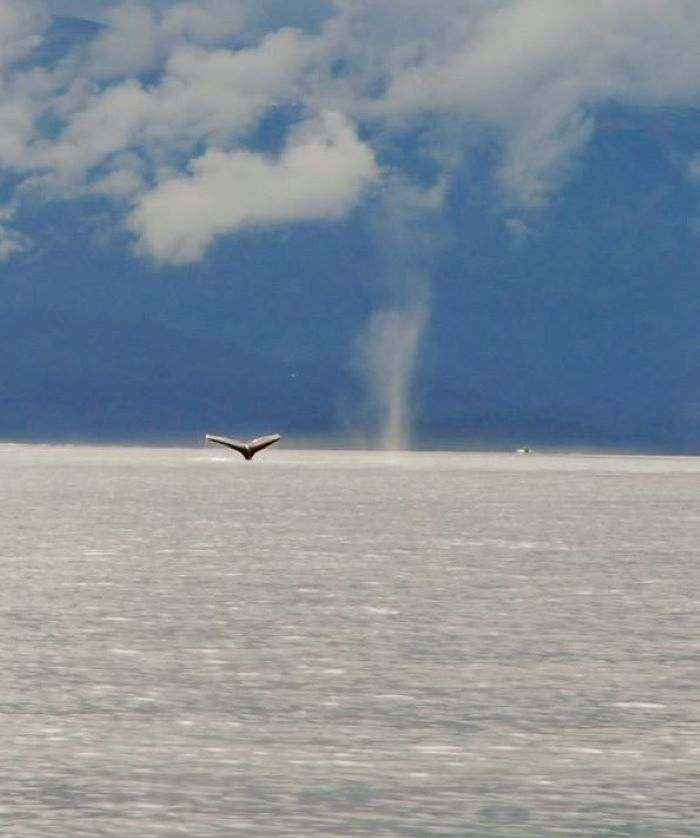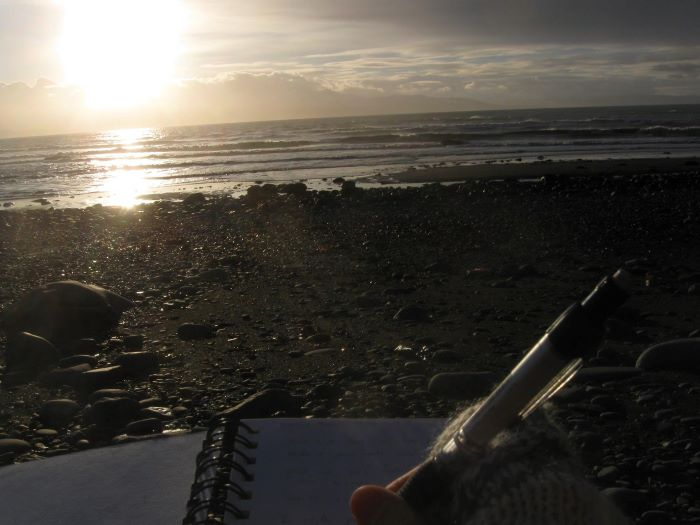
Here in Homer, Alaska signs of fall are all around us. Leaves are changing color, fireweed and cottonwood seeds are in the air, the temperature is dropping, and we hear the calls of sandhill cranes, geese, and other migratory birds overhead.
Many different types of animals participate in seasonal migrations. There are many reasons for migrating. Oftentimes, animals migrate long distances to avoid harsh winter weather and/or to take advantage of food sources that are more available in certain regions during certain seasons. Oftentimes, animals migrate in order to have greater mating and breeding success. All of these reasons apply to animals that migrate to and from the Arctic each year, as well as animals that may migrate near you.

Read more about Arctic terns on this page from the Cornell Lab or in this article from National Geographic. Though the birds don’t always follow the straightest course, they tend to follow wind patterns which allows them to cover such staggeringly great distances. An extra cool fact: these birds can live about 30 years, and fly this migration route each year. If you add it all up, this comes up to about 1.5 million miles, or the equivalent of three trips to the moon and back!

On land, caribou also migrate across thousands of miles. Their migration may seem short compared to Arctic terns, but it is the longest recorded terrestrial migration. In northwest Alaska, caribou have been documented traveling 2,737 miles per year. This distance might be greater in other parts of the Arctic. In addition to seeking out different food sources as they become available, the seasonal migration helps caribou to avoid predation, especially during calving season. Click on this article from the National Park Service to learn more about caribou migration in northwestern Alaska and how Indigenous people have built their hunting practices around the migration patterns.
Migration doesn’t just take place in the Arctic, though. Animals migrate all over this vast planet! Think about where you live. Do animals migrate to that place for breeding season or feeding? Do animals migrate through that place from one area to another?
Education Extension
I've compiled a number of science, art, nature observation, and community-based monitoring activity ideas in the Seasonal Migration installment of "Arctic Connection: Linking Your Place to the MOSAiC Expedition." It also includes links to cool lessons for older students focused on real data based on animal migration and tracking and some great short films about migration. Check them out by clicking here!



Comments